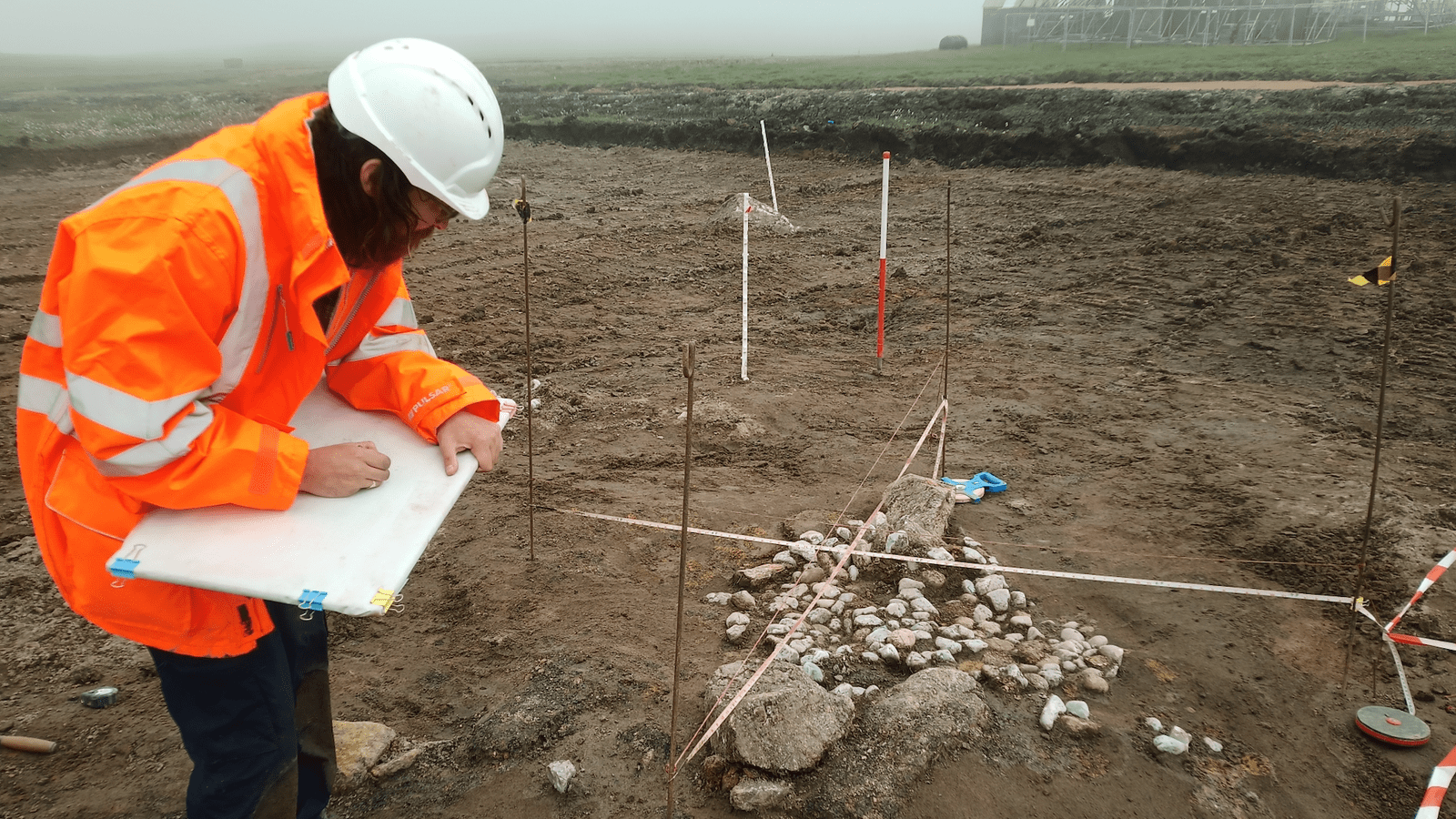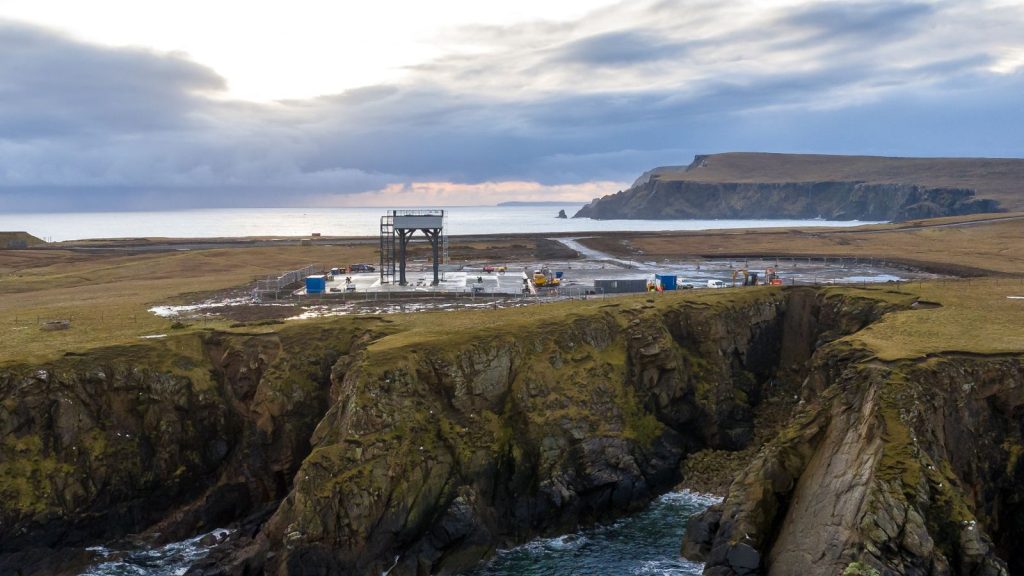Rare Ancient Remains Were Found During the Construction of SaxaVord Spaceport
1st Aug 2023
Archaeologists discovered the remains of an ancient cemetery dating back thousands of years during the groundworks at the SaxaVord complex in the Shetland Islands. The spaceport has ambitions to be the location of the UK’s first vertical rocket launch by the end of 2023. How will the surprising findings influence the schedule?
The Bronze Age remains
The ancient findings include pits, large boulders, burnt bone, and white quartz, commonly associated with burial tombs and rock artwork. This suggests that the site could be an ancient ritual cremation cemetery.
Archaeologists studying the site believe that it dates back to the early Bronze Age, specifically around 2200 to 1800 BC.
Shetland’s regional archaeologist, Dr Val Turner, expressed immense excitement about the discovery. She noted that the Bronze Age is a period of Shetland’s history that remains relatively enigmatic, making this finding a wonderful opportunity to gain new insights.
SaxaVord spaceport has pledged its continued support for the archaeological study, ensuring that it will not hinder the ongoing work at the spaceport.

How will the findings impact the SaxaVord construction?
At this stage, it is unknown how the discovery will affect the plans and construction timelines of the spaceport, yet its significance cannot be overlooked. Similar quartz circles have been previously found in this area, albeit on the neighbouring Shetland Islands, dating back to the subsequent Iron Age after the Bronze Age.
Remnants from the Bronze Age in Scotland are rare. While scientists have unearthed some, their scarcity has led to a limited understanding of this historical period, which is believed to have spanned 1400 years on the British Isles, from 2200 to 800 BCE.
The bones and massive stones found at the SaxaVord spaceport construction site have piqued the interest of researchers. The presence of fire marks on the remains suggests that this location could have been a religious centre where animals were ritually sacrificed.
The stone blocks add an even more intriguing dimension. Despite being as large as wardrobes, they were predominantly buried in the ground, with only their tops visible. Scientists speculate that these ancient people used them to visually delineate territories from the surrounding landscape.
Currently, the excavation process is in its early stages, leaving uncertainty regarding whether all the findings originate from the same historical period. While most of the SaxaVord spaceport’s future territory has already been explored, showing no indications of farming or settlements, potential evidence may yet be discovered in the remaining areas.






Thank you for your comment! It will be visible on the site after moderation.